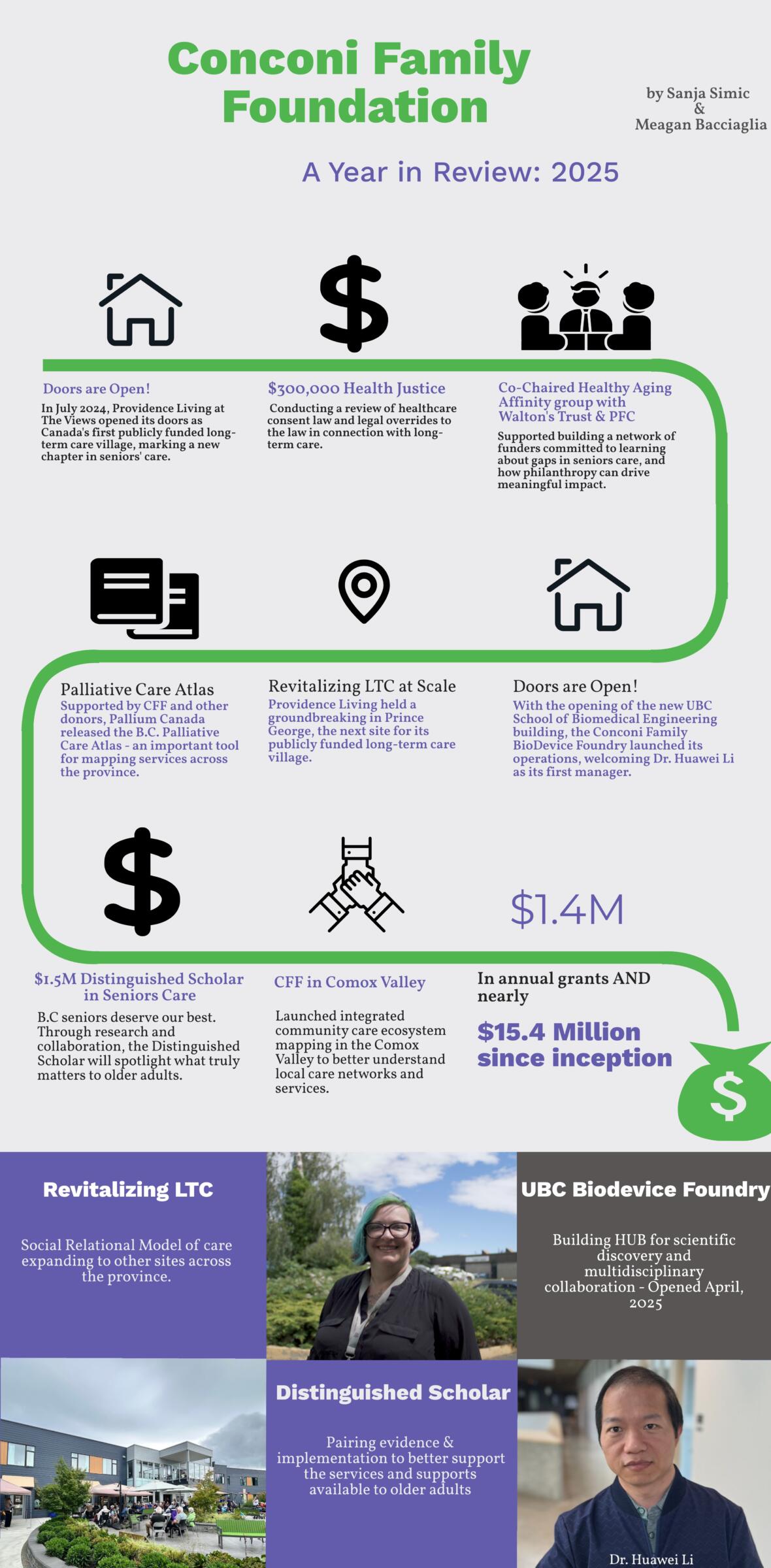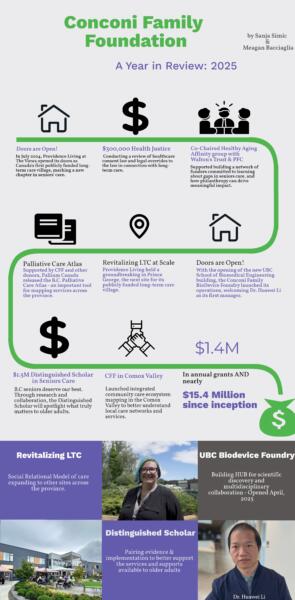Yes, we love sports analogies, and baseball is one of those games, at least for me, that seems to last forever. When we look at the barriers to aging in the community, there are many; the list is too vast even to consider writing down. But it also means there is a lot that can be done. For example, we believe that investing in and integrating community and social care together with healthcare could result in a better quality of life, not just for seniors but also the community around them. Tailoring supports to meet seniors where they are at also has significant trickle-down effects and shouldn’t be seen as a siloed spending that only benefits the aging population. When we invest in supporting seniors to age in the community, we open the door to improved quality of life and economic benefits for everyone. We just need to get past the first-order thinking and analysis. Yes, the math is a bit more complicated, but it is “mathing”.
This is why we joined an advisory committee for the Centre for Healthy Aging, which will be housed at the new St. Paul’s Hospital. This initiative aims to extend beyond the hospital walls and explore ways in which health and community can collaborate to support older adults in the community.
We are also taking a look at what it actually takes to age in smaller rural as well as remote communities in BC. What assets and gaps exist (and persist) as you move away from larger urban areas? What could be done to see an improvement?
Together with Pallium Canada and other partners, the launch of the very first BC Palliative Atlas. It is an interactive resource that maps out and tracks palliative services across the province. No one ever imagines themselves needing this level of support, but if it so happens, it is helpful to know where to go and what is available.

